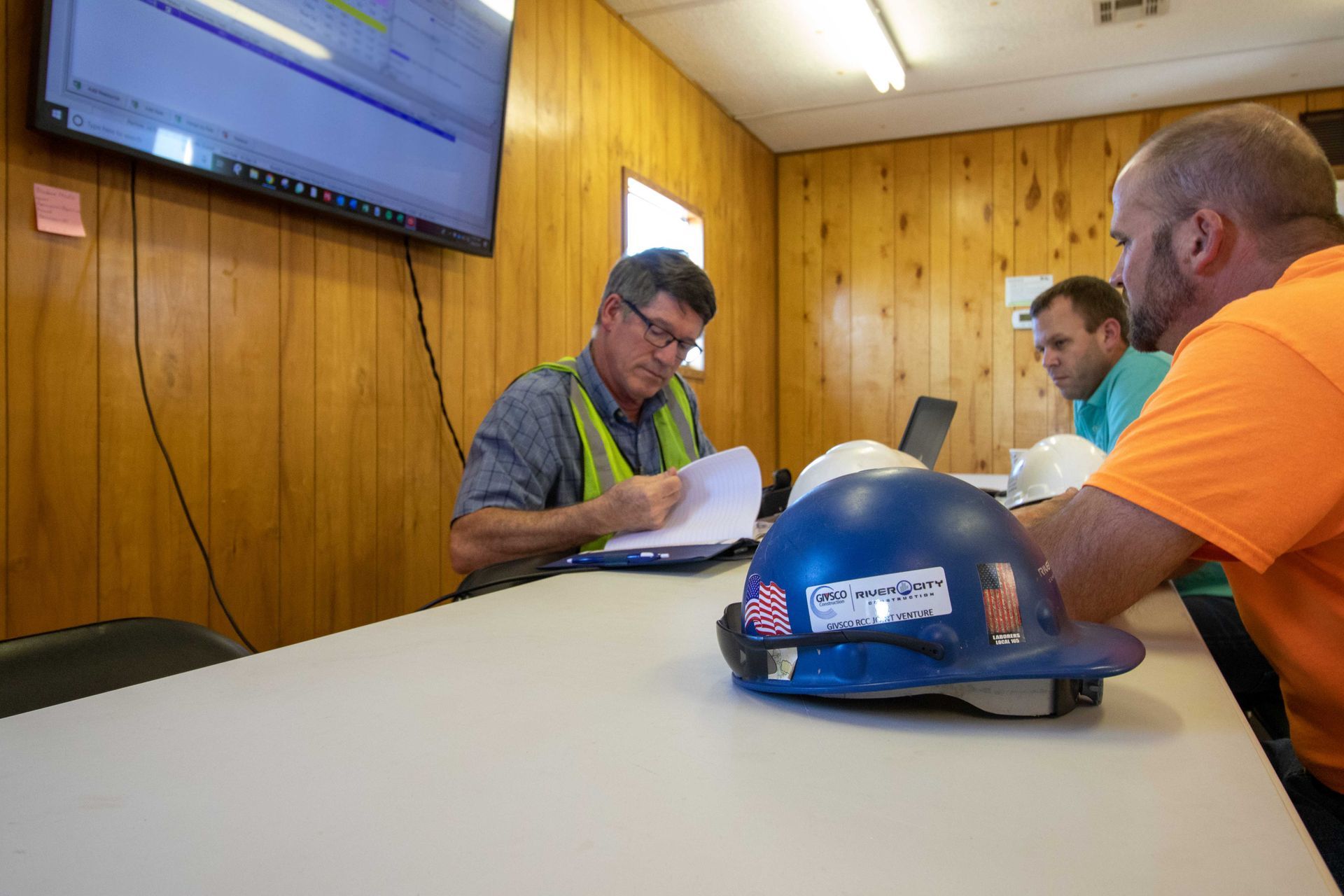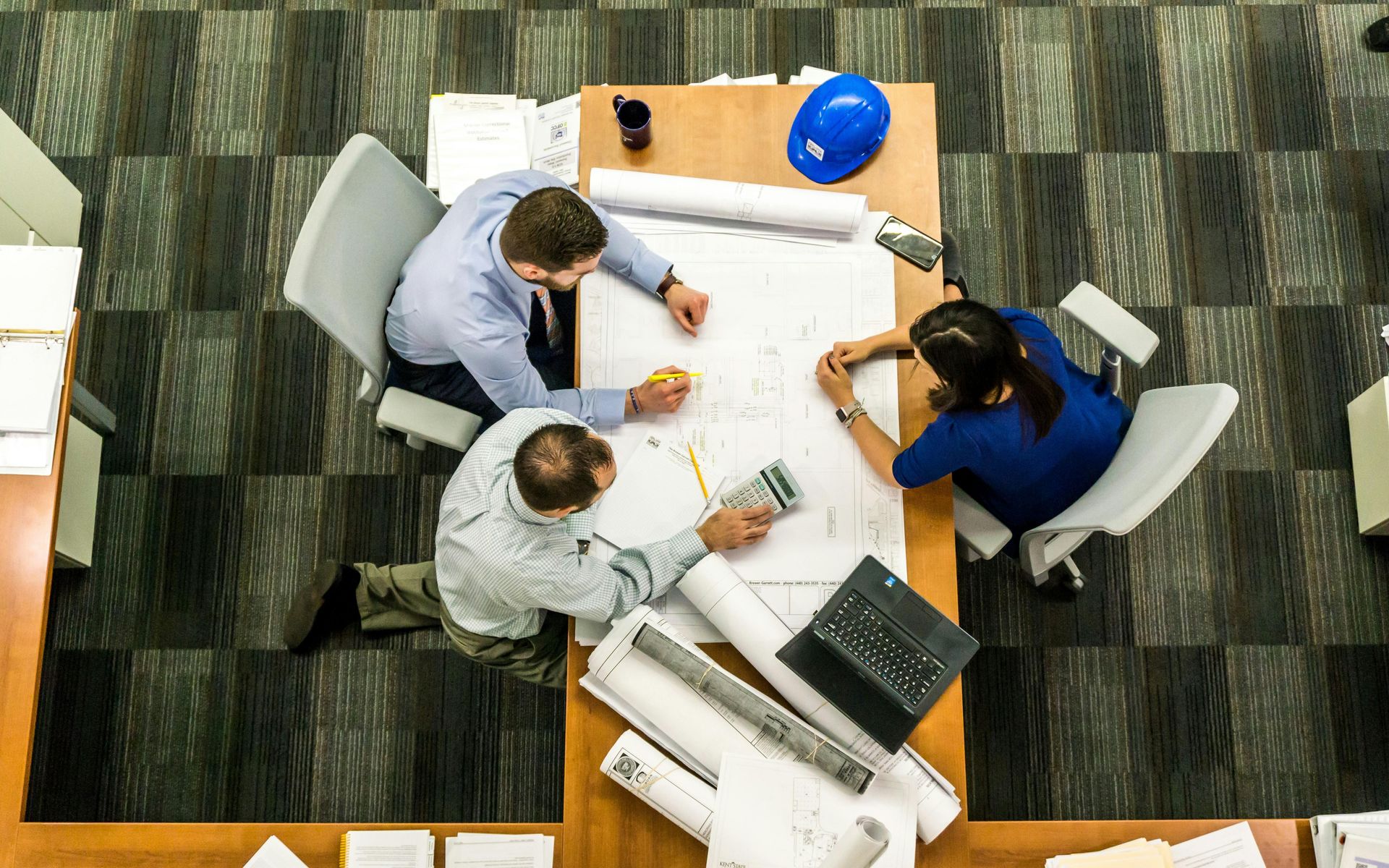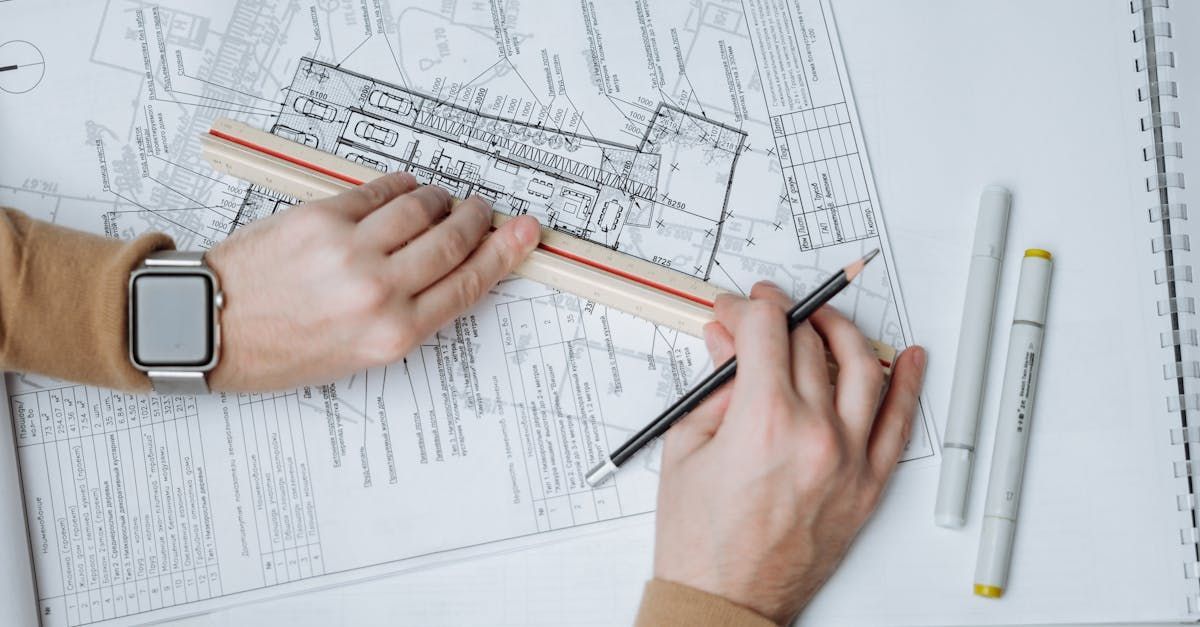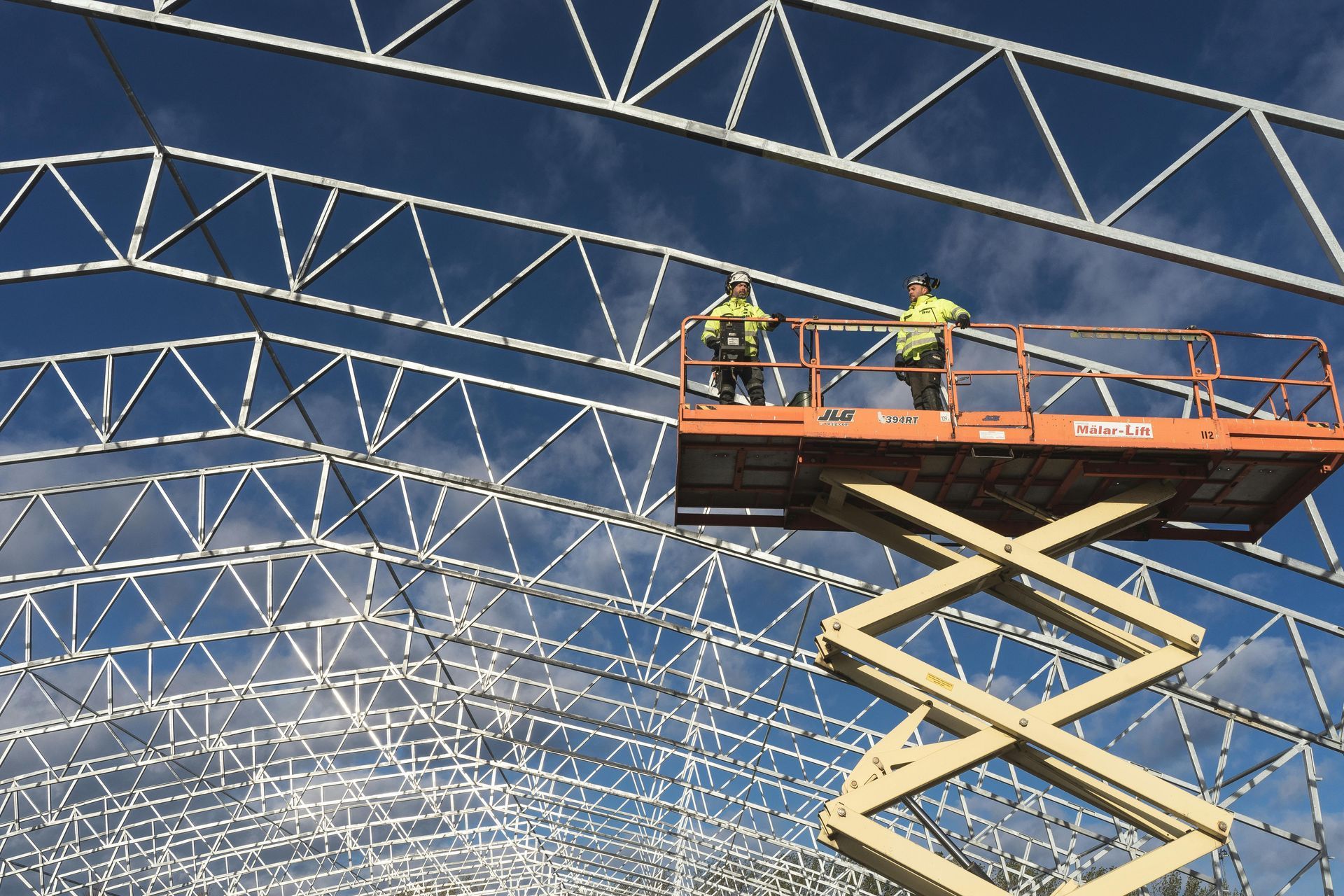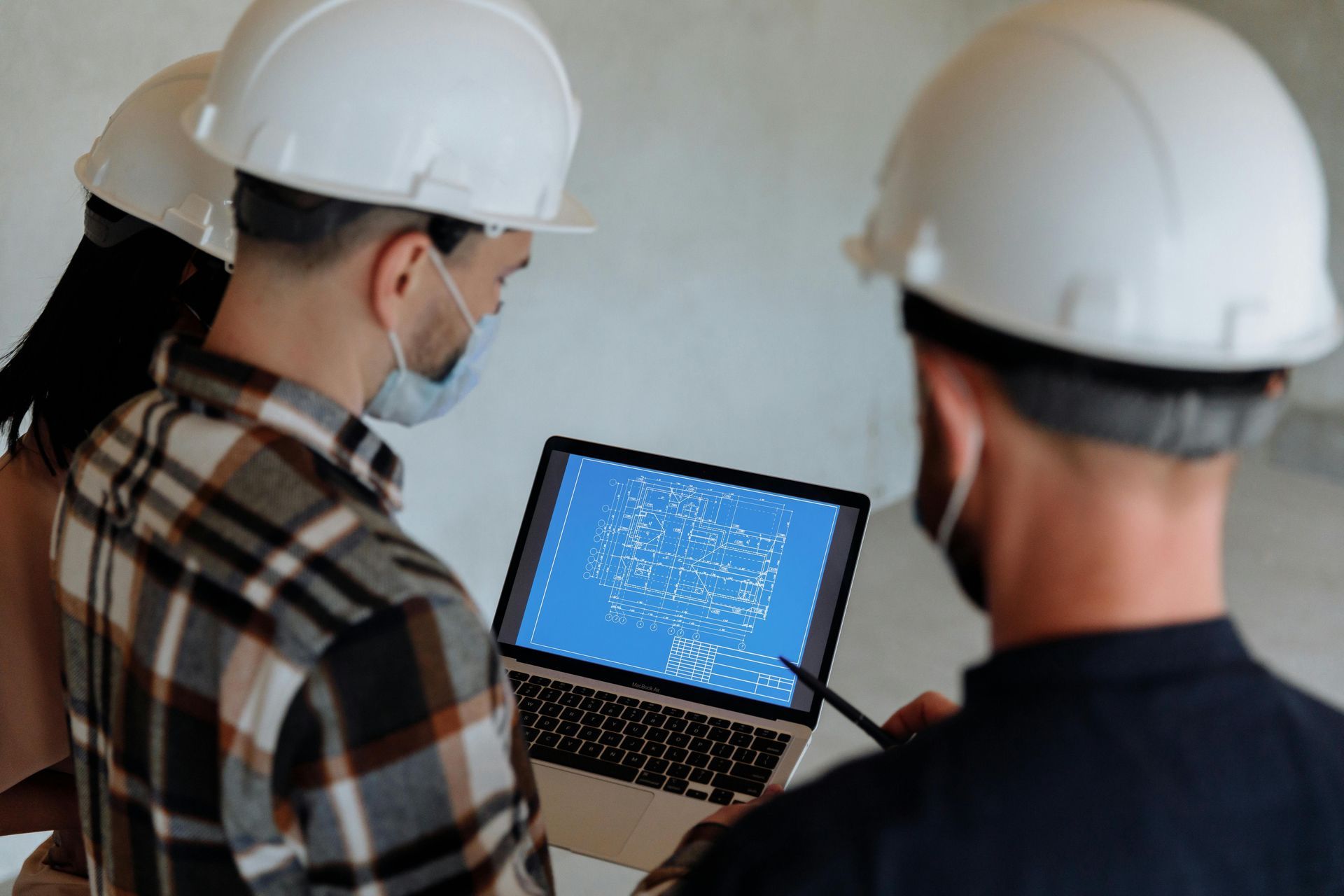Tech Tools for Construction Project Management
Tech Tools for Construction Project Management
Tech Tools for Construction Project Management. When it comes to keeping your construction company running like clockwork, your employees are your most valuable assets. Construction projects can’t be completed without them, but adding tech tools into the mix means those projects are finished faster, more efficiently, and at a higher level of quality. While each project and industry is different, there are a handful of tools that every business should be using.
Virtual Reality
VR tools are primarily used for giving clients a comprehensive idea of what the finished product will look like. Construction pros can work together with clients to walk through the building without having to build anything. This will help both parties identify any problems with the design or structure before it needs to be rebuilt. VR tools also help provide for virtual site visits so stakeholders can keep an eye on progress, even from afar.
Another way that VR tools can be used is for training your construction workforce. Virtual reality easily recreates risky jobsite conditions and replicates machines and equipment that your team may not have access to. It allows for repetition, something that’s a crucial part of building skills that employees may face on an everyday basis — even before employees start their first project.
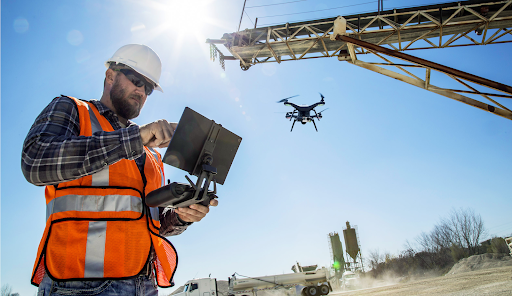
Drones
Construction sites need constant monitoring and assessing, and that’s not always easy to do for a human workforce. Using drones in the process can minimize errors and maximize accuracy, especially when conditions are risky or hazardous. Add-on features can offer thermal imaging, GPS coordinates, and mapping tools.
While this is a relatively new application in construction, firms are increasingly utilizing drones as tools. They’re becoming more cost-effective and highly specialized to help meet the unique needs of the construction industry, along with helping visualize progress with high-resolution images. When choosing drones, it’s important that everyone on the team understands the return on investment for this tool.
3D Printing
On a small scale, 3D printing can be used to provide more accurate building models for conceptualizing projects. It’s a more cost-efficient way to build models and takes quite a bit less time than more traditional modeling. 3D models are more accurate, allow for the visualization of complex architectural details, and may even expedite obtaining permits.
Using 3D printing on the jobsite means you can easily and quickly create construction materials built to specification. It creates components in an eco-friendly way that reduces risk and potential waste, improves accuracy, and can directly transfer digital designs into physical assets. While large-scale 3D printing machinery isn’t yet mainstream, it’s available and accessible.
Building Information Modeling (BIM)
BIM is a 3D-based modeling process that helps construction pros better plan, design, construct, and manage buildings throughout the entire process. It moves beyond 2D to help offer a long list of benefits:
- Better collaboration and communication
- Model-based cost estimation
- Project visualization
- Clash detection
- Reduced cost
- Mitigated risk
- Improved scheduling
- Increased productivity
- Easier and more accurate prefab
- Safer sites
- Smoother handovers
While BIM has long been used by architects and engineers, it’s now becoming much more widely utilized in the construction industry.
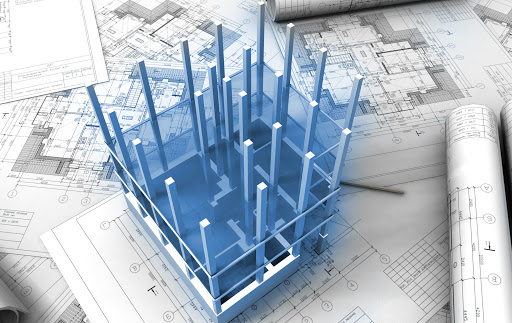
Construction Scheduling Software
It’s no secret that construction projects have a number of moving parts, and everyone involved needs a central “hub” to manage those moving parts. That’s where construction scheduling software comes into play. Anybody at any time can tap into the scheduling software to find out more about milestones, projects, costs, timelines, and more.
Among the benefits of using scheduling software, it helps reduce cost overruns — something that a reported 80% of construction projects face. The software helps better plan resources, labor, and material. Many of these software programs also help integrate other digital tools being used during the project, especially if they’re cloud-based.
One of the most popular scheduling programs is Primavera, which offers these additional benefits:
- Easy forecasting of the tasks yet to come in the project
- Interactive Gantt charts with a graphical representation of the project
- Optimized resource and labor management
- Scalability: The software can manage anywhere from one user on a small project to thousands of users across many projects
- Greater communication between all levels of team members associated with the project
Using tech tools can go a long way towards optimizing your construction projects and boosting your company’s bottom line. Now that you have an overview of how these investments can help streamline your work, turn to a team of experts that can address the finer points of adoption and integration.
Get in touch — we work directly with clients on a custom training program to fit your needs.

